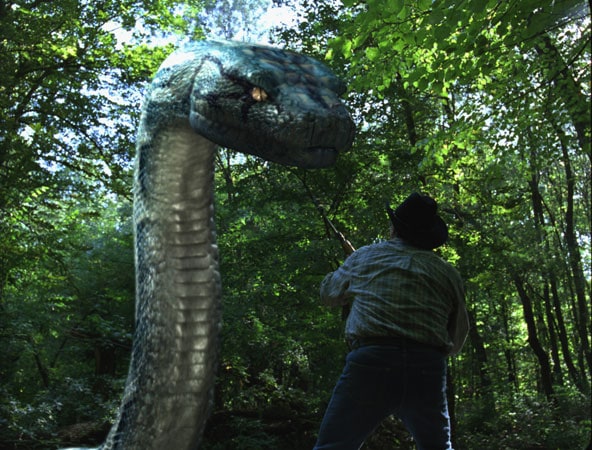

They’re the classic constrictors: instead of a venomous bite, they kill their prey by coiling around it, gradually tightening their grip until their victim is unable to breathe. Pythons are the longest snakes in the world. But one snake, the European adder, has made its home all over Europe, including the far northern reaches of Russia and Scandinavia. Snakes live in every environment imaginable: from the wettest jungle to the driest desert, and from the boiling heat of the equator all the way to the arctic circle.īecause snakes are reptiles and therefore cold-blooded, they tend to prefer hot places. They also share a common lifestyle – every snake, everywhere on earth, is a predator. Over a hundred million years or so, snakes have adapted to nearly every climate and ecosystem on earth.Īs diverse as they are, all snakes share a common body plan, with a long, legless trunk and a short tail (you can tell trunk from tail by the skeleton: the trunk is the part with the ribs). This incredible diversity is a testament to their evolutionary success. And about a third of them (perhaps as many as 3,600 species) are snakes. Other pages about snakes & reptiles on Active WildĪs far as we know, the world has a little under 10,000 species of reptiles.Barbados threadsnake (Tetracheilostoma carlae).Leptotyphlopids (Family Leptotyphlopidae).Inland Taipan (Oxyuranus microlepidotus).Western Diamondback Rattlesnake (Crotalus atrox).Reticulated Python (Python reticulatus).On this page you’ll discover the different types of snakes within the suborder Serpentes (the animal group in which all snakes are found)…

Notable snake species include the reticulated python (the world’s longest snake), the Mojave rattlesnake (one of North America’s most dangerous snakes), and the inland taipan, the world’s most venomous snake. Types of snakes include: constrictors such as pythons and boas venomous snakes such as vipers and elapids and non-venomous predators such as colubrids.


 0 kommentar(er)
0 kommentar(er)
